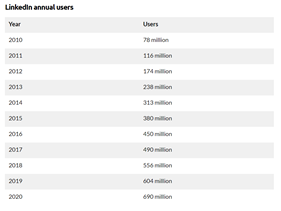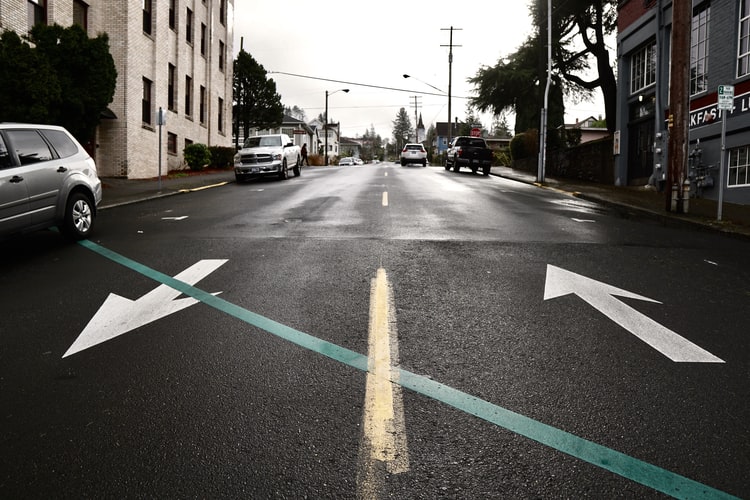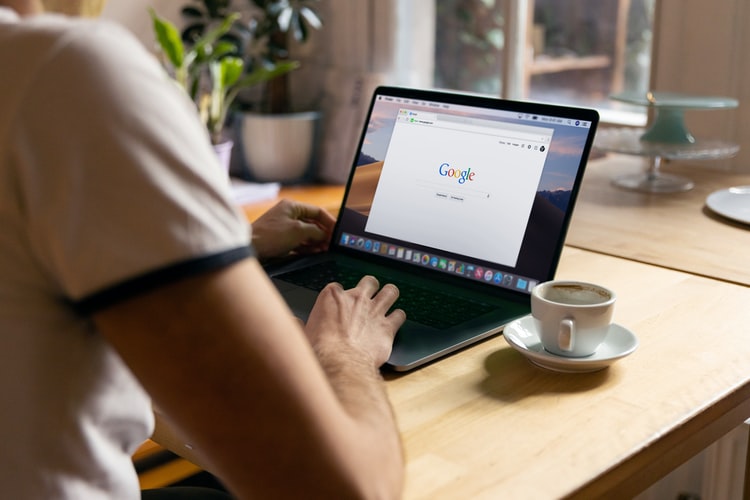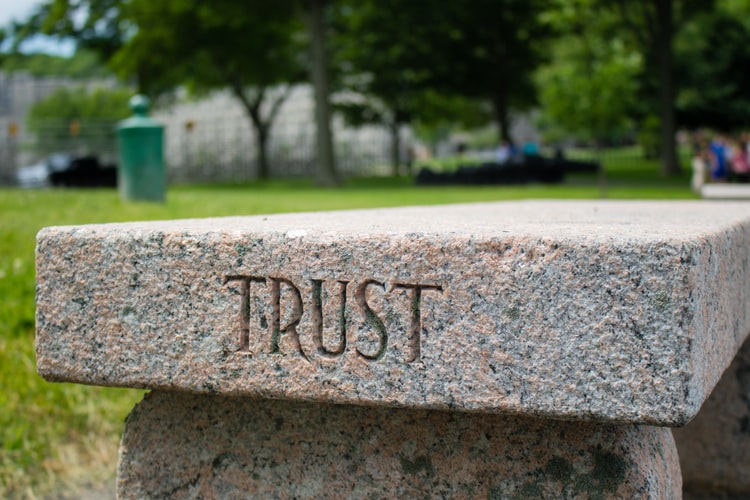Today, most of us would have known about LinkedIn if we do not already have an account. Many modern-day businesspeople have a LinkedIn account. In some companies, hiring is done exclusively via LinkedIn so their employees would have an account. Many others have an account as it is regarded as an indirect “pre-requisite” to being businesspeople with some digital presence.
LinkedIn has an estimated 690 million users in the year 2020 (Business of Apps), but only about less than 3% of the members would post regularly (i.e. more than once a week). In contrast, statistics show that over 40 million job applications happen over a week. In a way, LinkedIn is seen by many as a “digital CV repository” and a job portal, where one puts their profile with the hopes of seeking job opportunities.

LinkedIn has been steadily growing for the past years. Source: Business of Apps
Is LinkedIn New?
LinkedIn was founded in 2002 and officially launched in March of 2003. It has been around for almost two decades, but unlike popular social media platforms such as Facebook, Twitter and Instagram that started out by targeting the younger, digital-savvy individuals, LinkedIn focused on business professionals hence the slower growth. Contrasting it with Facebook’s massive 2.85 billion users, LinkedIn is a smaller player in the social media space. However, one should not underestimate the power of this platform.
LinkedIn is More Than Just a Job Search Site
In an era of rapid digitalization, people are fast moving onto digital platforms to stay connected with each other. So, what is LinkedIn about? In a nutshell, LinkedIn a digital space for professional networking to happen.
Having an account on LinkedIn is not just about maintaining an online presence, but to capitalize on the platform’s function to garner better connections and networks to bring positive benefits to the user and people around them.
For some businesspeople and marketeers, they utilize LinkedIn to attract new clients and increase their presence in the respective field or industry. Some would use it as an outlet to increase awareness, whilst others would use it to build their influence.
7 Reasons Why You Need to Up Your Ante on LinkedIn
With almost 700 million users on LinkedIn today, how should one make their profile stand out? Here are 7 key reasons why you should spice up your LinkedIn profile and utilize it to create and bring value for you.
1. Broadening Connections and Building Stronger Network
Ever felt that you have put yourself out in the market, but nobody seems to know you or recognize your abilities? If you find yourself being in such a situation, it is time to ask yourself: Are you showing your skills and abilities to the right people?
In business, the “who you know” aspect matters as much or even more than the “what you know” aspect. With the internet, talented individuals are a dime in a dozen with the increasingly interconnected world. Your challenge is to put yourself out there and make as many connections as possible. Stay ahead of the crowd by ensuring people know you. Be the first choice that comes in their mind.

Showing your talent to the wrong audience is akin to casting pearls before swine. Image by the author.
2. Making Meaningful Connections
Every individual must define what “meaningful connection” means to them. For example, a student would be looking to follow industry experts to gain knowledge that would help in their job search. HR personnel in recruitment will be actively connecting to assess the pool of talent they could attract to join their company, whereas a B2B salesperson would be seeking for decision makers who would be interested in their solutions or offerings.
No matter the definition, always strive to connect with people who matters! And this leads to:
3. Learning with LinkedIn
Take advantage of LinkedIn Learning. Some companies have embarked on subscribing their employees to LinkedIn Learning to upskill and reskill their people, an important action to ensure their people stay relevant in delivering value to the company.
All members are entitled to a 1-month unlimited access to all courses available on the site. If you like the available courses on LinkedIn, you can always continue with a paid subscription to LinkedIn Learning.
Plus-point: You can list the certificates you receive from the courses completed on your LinkedIn page to add to your list of knowledge. This helps you to keep yourself ahead of the crowd!
4. Learning from LinkedIn Connections
LinkedIn is a good platform for people to learn from one another. You can learn a lot from people from the relevant industry or people who has a specific knowledge or skill you are interested to gain.
Some students are actively using LinkedIn to share the status of their research, opening up opportunities to meet with like-minded researchers across the world who would be interested in sharing ideas and collaborating.
Additionally, learning is a 2-way street. You should not just become a “consumer” on LinkedIn. Be a contributor and share your knowledge. After all, the best way to learn is by sharing! Who knows, you might come across interesting individuals who would open your eyes to new information or knowledge!
To leverage on this, one must possess growth mindset.

Learning is a two-way street. Image by Marissa&Eric via Unsplash
5. Having a Professional Digital Profile
If the above reasons do not push you enough to furnish your LinkedIn account, this might be the most immediate reason why you should. In the digital age, it is expected that you would search for someone on the internet. What would happen if the prospective company you plan to join wants to know more about you? They would search you on the internet. The next question you need to ask yourself is: What would they see when they search for me on the internet?

Searching for a person on the internet is a common action. Image by Firmbee.com via Unsplash
6. Trust Building
These days, doing business is all about building trust. When deciding which restaurant to go for dinner, users are browsing third-party sites such as Tabelog (in Japan), or even check out the comments on Google Maps to learn more about the restaurant. The same can be said about people.
On the LinkedIn profile, individuals could give a recommendation or endorse another person based on their proficiency level in certain skills. Just like the example above, people do not trust what the restaurant says about the quality of the food served. They would rather know about it from other people.
If you do know your connections on LinkedIn, do help them out by giving them a recommendation and endorse them for the skills they have. You can also ask your connections for recommendations too, as it serves as a testimonial.

7. Stop Posting Business Achievements on the Wrong Platform
For some, the mere act of even talking about their achievements is an arduous task. Having been brought up in a humble and down-to-earth environment, these individuals have always been told to keep their achievements to themselves and not boast about it on social media. Unfortunately, being quiet and humble about one’s achievements in business could potentially bring more harm than it would help.
Businesses would not want to engage with another individual with no track record of their past achievements or proof to show their abilities. And most of the time, one cannot wait for another person to step in and vouch for our ability. There will be other individuals with louder profiles, drowning the quieter, humble ones out.
Much like how businesses would sometimes require a certain education level (a Diploma, Degree, Masters, Ph.D, etc), achievements outside of certifiable skills is worth a mention and should be highlighted too. For example, if you are a Robotics Engineer with a knack for music, you might one day find opportunities in the music industry in the future that would require a combination of skills that you possess.
Do not waste your time posting your business achievements (and even educational, or even extra-curricular achievements) on the wrong platforms like Instagram or Twitter. Post it on LinkedIn instead, a platform whereby people are searching for talent. You might just find yourself in a conversation with someone seeking “new hybrid talent” about a potential new collaboration!

The need for interdisciplinary skills is increasing, opening endless opportunities to new industries and markets. Image by the author.
Building Your LinkedIn For the Long Haul
When building your LinkedIn profile, it is always wise to think further into the future. It should be a continuous, sustainable act of managing one’s page frequently to ensure it is properly updated and represents the authentic side of you.
Inasmuch as Rome was not built in a day, building trust in one’s professional career requires patience and time. Instead of hoping for instant gratification and seeing immediate results, aim for the long-term growth. Take the opportunity to grow with your connections genuinely.
LinkedIn a Nutshell
For many individuals, LinkedIn is like a living and breathing business card. It has become the first interface between two individuals online. It is a place whereby people could share their knowledge or thoughts freely. Interacting with other people on the platform opens the opportunity for individuals to exchange ideas and discover new thoughts. There is no boundary, as long as individuals are connected with and through one another.
If you do not have a LinkedIn account, you are foregoing your opportunity to put yourself out there to be discovered by other professionals. Every individual has their VALUE they could contribute to someone else, even students!
Create your own windows of opportunities now by leveraging on available platforms such as LinkedIn, and start connecting with business professionals!











